By Kk Desarda
The technique of “Reconstructive Tympanoplasty” has been improved and refined ever since the introduction of operating microscope. Variety of graft materials being used to restore the dry and functioning ear. The use of cartilage in middle ear surgery is not a new concept and has been recommended on a limited basis to manage retraction pockets for many years, and more recently it has been used in reconstruction of tympanic membrane, recurrent perforations, atelectasis and cholesteatoma pockets. It is naturally thicker and stiffer than fascia, and it is easy to introduce in middle ear. The autologous, homologous, allograft, synthetic materials as plastics, ceramics, hydroxyapatite, gold and recently introduced titanium being used in reconstructive tympanoplasty. But still these grafts have not proved their Universal acceptability except the autologous grafts; (cartilage, ossicles, fascia). The functioning and survival of each graft material varies as each one has certain advantages and disadvantages and technical problems during and after middle ear reconstruction.as shrinkage and displacement. In this monograph author has exclusively used the perichondrium cartilage composite island graft, butterfly graft and the palisade grafts, with some technical modifications which have given consistent good results in middle ear reconstruction. In addition, total perichondrium graft with entire tragal cartilage is routinely used in reconstructing old radical cavities. In view of this the author strongly recommends the tragal cartilage perichondrium graft as a choice graft for reconstructive tympanoplasty.
Product Details
- Publisher : Jp Medical Ltd; 1st edition (July 1, 2009)
- Language : English
- Hardcover : 112 pages
- ISBN-10 : 9350909464
- ISBN-13 : 978-8184487305
- ISBN-13 : 9788184487305

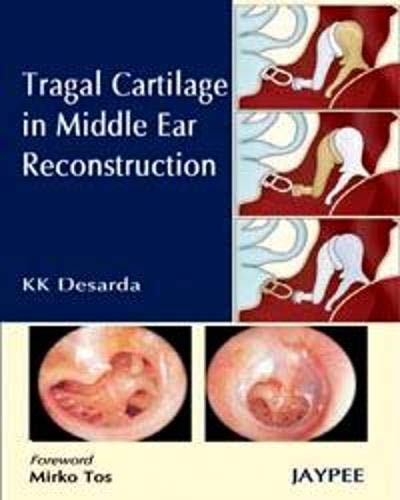
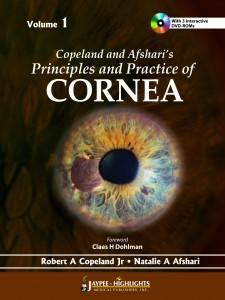
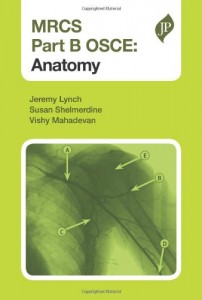
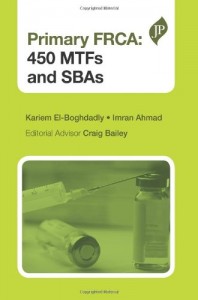
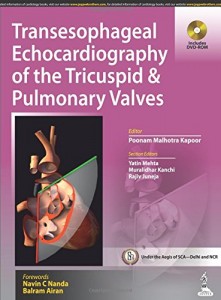
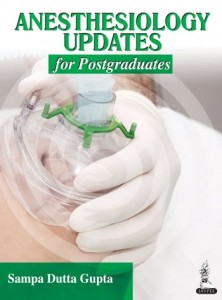
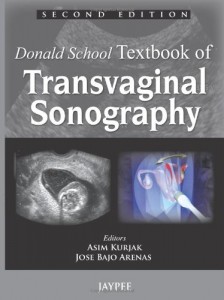

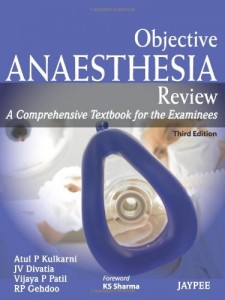
Reviews
There are no reviews yet.